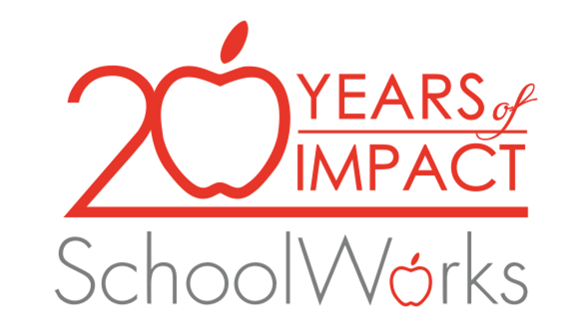Contributor: Kim Wechtenhiser
Authorizer decisions are rarely simple and always present risk.
When deciding whether to authorize a new charter school to open, an authorizing team is required to comb through an intricate plan to reveal the presence of essential details and to assess whether the team of educators possesses sufficient experience to complete the plan and open a high-quality school for students, families, and the greater community …not simple at all.
So how do authorizers make the right decision when the information is complex and when the outcome really matters? Formal decision-making policies and frameworks can make the process and the final decisions more comprehensive, more consistent, and more credible.
What is a decision-making policy and framework?
A decision-making policy defines the goals of every decision, the standard, the criteria upon which decisions will be made, and the consequences of decisions. A decision-making framework (used in tandem with the policy) is a guide that helps decision makers put the policy into action and make decisions in alignment with the policy. The establishment and use of these tools helps an organization function with consistent fidelity to its mission, and protects it from public scrutiny by ensuring that decisions affecting schools and students are made with transparency, in accordance with guiding principles.
Decision-Making at SUNY Charter Schools Institute
The SUNY Charter Schools Institute in New York publishes its charter renewal policy and benchmarks online for anyone—school leaders, charter operators, the general public—to read in full. These documents explain the role of the SUNY Trustees in deciding whether to renew a school’s charter, the standard of success a school must meet, and what happens if a school does not meet expectations.
What makes a decision-making policy and framework effective?
Evidence-based criteria. A successful decision-making policy and framework are evidence-based and comprehensive, meaning that they examine multiple factors—both quantitative and qualitative—and utilize multiple sources of information.
Wiggle room. The policy must leave room for some discretion in extenuating circumstances. An atypical school, for example, should be evaluated on student outcomes but should not be penalized for innovative approaches that were not considered upon the drafting of policy documents and decision-making frameworks.
Access and availability. Strong policies and frameworks are built in advance and made available to all stakeholders. If a district or authorizer tries to plan and implement a framework at the same time, they risk damaging the public perception of their decisions because schools and operators may (rightfully) protest that they were unaware of the expectations or did not have enough time to meet them.
The benefits of establishing a decision-making policy and framework are rooted in transparency.
Improved processes. Transparency ensures that everyone understands the expectations and can work to meet them. When charter school leaders and operators understand the exact expectations they must meet, they can design the school and monitor its progress to meet the requirements.
Protection and credibility. Transparency builds trust and makes the decisions more credible. When parents and community members can see that a school is being closed because it did not meet certain expectations, the decision is easier to accept (and support).
Fidelity to established principles. Transparency makes processes more consistent and less subjective. When new staff members join the authorizing team, they can make decisions in a way that is consistent with the organization’s agreed-upon intent.
Effective Decision-Making in Action
SUNY Charter Schools Institute’s decision-making framework anticipates nuances and balances high standards with discretion. Without relying on a points system, the framework weighs qualitative and quantitative evidence. If a school has met all quantitative student outcome goals, the school’s qualitative indicators carry less weight. But, if a school has a mixed record of quantitative student success, SUNY Trustees are prompted to look much more closely at qualitative indicators.
As a long-term partner to SUNY, SchoolWorks has helped the Institute evolve and refine its oversight processes to more efficiently collect information about school performance through enhanced tools, staff training, and on-site implementation feedback.
Where to Begin
Decision-making policies and frameworks are critical to fostering transparency, consistency, and credibility in high-stakes decisions. The design process begins with an evaluation of existing tools and policies, proceeds with guided stakeholder input, and culminates with tools and policies that create efficiencies, ensure consistency, and provide invaluable ongoing protection for the organization. And the best reward for this effort? A high-quality framework that frees the organization’s decision makers from the emotion and politics inherent to its decisions.
As former Secretary of State George C. Marshall once said, “Don’t fight the problem, decide it.”

